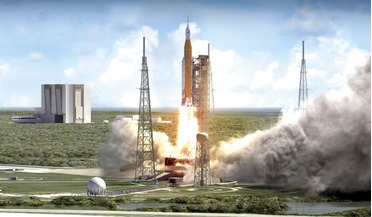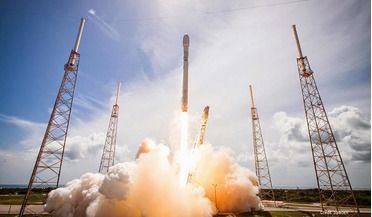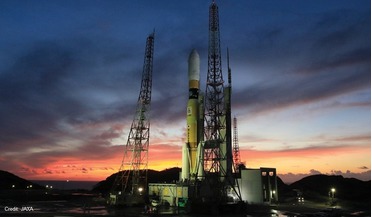 July 2019
Lessons from our first race to the Moon
July 2019
Lessons from our first race to the Moon
... was especially important for the upper stages of a space rocket. Now leading NASA’s rocket developments, Wernher von Braun pushed forward with development of the rocket engine. Rockets capable of placing five or ten tons in orbit were adequate...
 February 2020
Visions of spaceflight before the Space Age
February 2020
Visions of spaceflight before the Space Age
... have struggled, but it is a legacy that we must acknowledge and understand. The development of the V-2 rocket by Germany during World War II was a catalyst for rocket development in the United States and the Soviet Union in the post-war years. One...
 May 2019
Cold comfort for astronauts
May 2019
Cold comfort for astronauts
... technological advancements of World War II. Combined with the military nature of rocket technology, Wernher von Braun and his German rocket team spearheaded rocket development and introduced a controlling, detail-oriented culture to NASA. The human...
 November 2019
Mexico’s path to space
November 2019
Mexico’s path to space
... in constructing Mexico’s space sector. Space activities in Mexico began on 28 December 1957 with the launch of a sounding rocket developed by professors and students of the Universidad Autónoma de San Luis Potosí. These activities stimulated the...
 June 2015
Great expectations: launch markets, SpaceX, China, and other new players
June 2015
Great expectations: launch markets, SpaceX, China, and other new players
... to the needs of both market sectors, as well as reflect the desire to retain the established cooperation between rocket developers – even if this cooperation may, in some cases, not be as economically effective. …SpaceX’s main breakthrough will come...
 October 2015
Japan’s H-IIA rocket: beautiful, accurate, and on-time
October 2015
Japan’s H-IIA rocket: beautiful, accurate, and on-time
... the heaviest payloads into orbit and a radical, reusable launcher. The H-IIA rocket developed by NASDA (Japan’s National Space Development Agency) has been Japan’s flagship rocket since its first flight in 2001. In 2007, the launch business for...